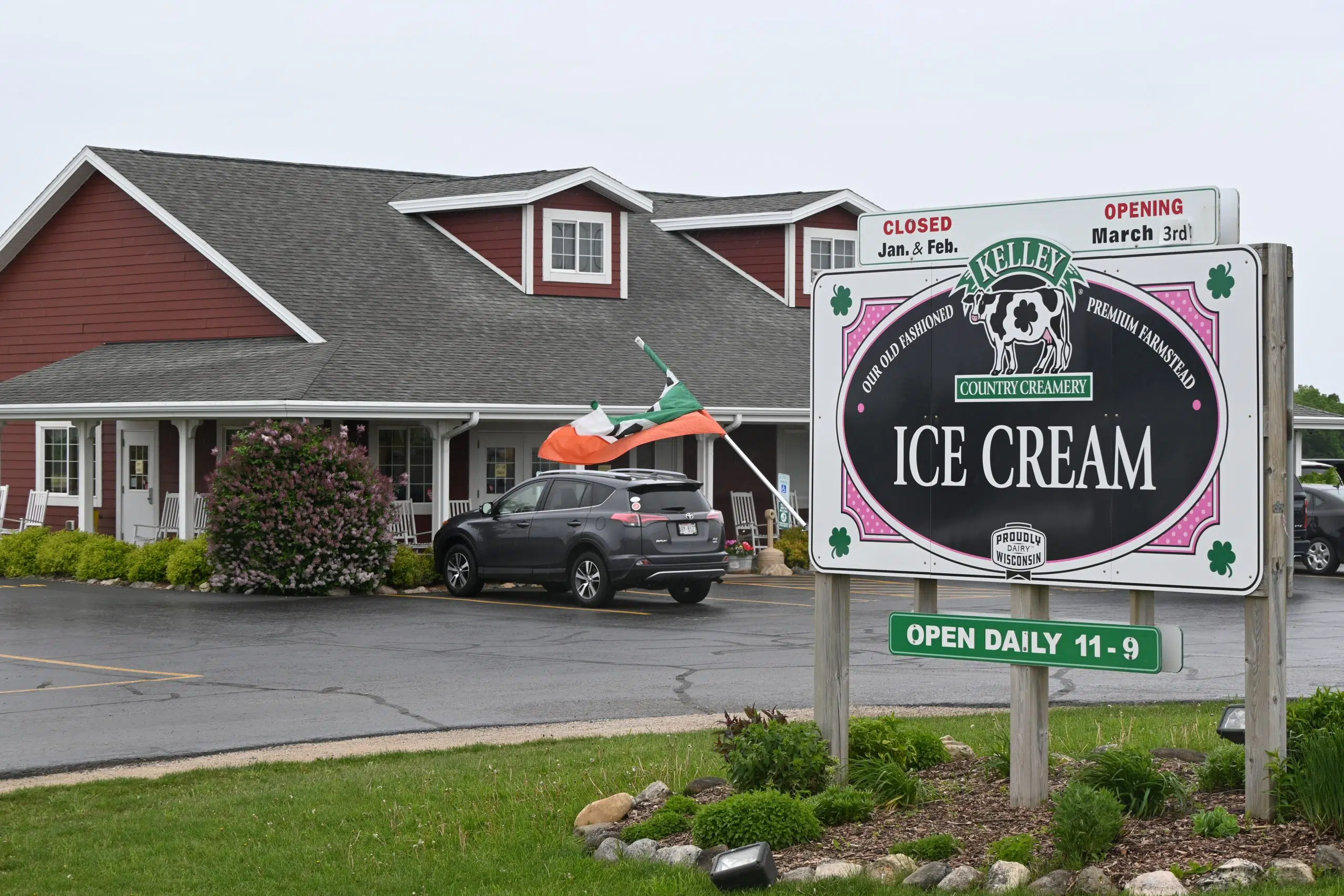Value-added businesses have been growing in popularity over the past couple of years, especially during the pandemic when consumers started to care more and more about where their food’s coming from. One of those businesses is Kelley Country Creamery in Fond du Lac, which has had its doors open for more than a decade. The creamery officially opened up on May 13th, 2010 after four years of research and development. Since then, they’ve created over 350 flavors of ice cream and have been visited by people from all over the world.
Karen Kelley, the owner of Kelley Country Creamery sat down to share their story, advice for others, and the lessons they’ve learned over the years. The creamery’s a value-added business from Oak Lawn Farm, their family farm that started 160 years ago when the Kelley family moved to the U.S. from Ireland. Karen explained that from Ellis Island the family moved West and since they were dairy farmers, Wisconsin was the perfect place to plant their roots. Currently, the family milks 65 cows and gets some of their milk processed by Lamers Dairy who adds it to the creamery’s ice cream mix, while the rest of the milk goes to Sartori Cheese.
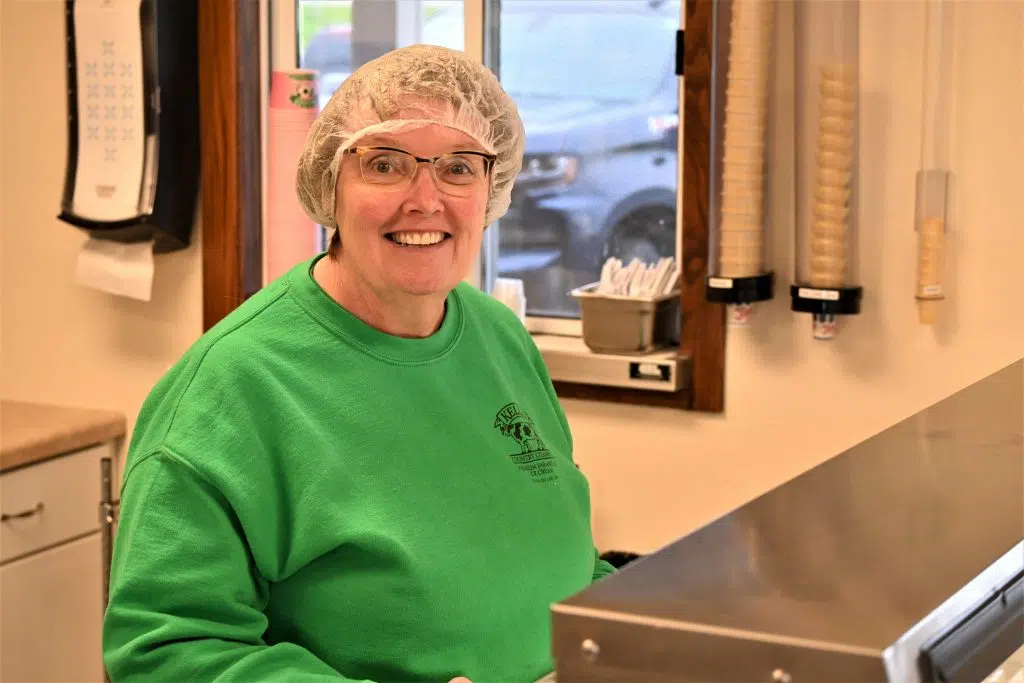
The creamery was always Karen’s dream, even though at first she wasn’t 100% sure what her value-added business was going to look like. “I always wanted to do something on the farm that would teach people about agriculture, especially dairy products…they don’t come from the grocery store originally,” Karen says, “I looked at a lot of different things from bottling milk to cheese, but I always liked ice cream. It’s been something that my family did when I was little and it was always a treat to stop and get ice cream after taking a drive on a Sunday or whatever it might be, and then we did that with our own children, and it just kind of continued.”
When it comes to the value-added business, Karen recalls that when they first started getting into that side of the dairy industry, there were a lot of other farms doing the same, but then it died down and is now starting to regain popularity. “I would have to say right now it’s starting to come back again because the local food movement is really growing strong,” Karen said. She talked about how the movement is huge for all types of products. People simply want to put a face to the product and know where it’s coming from.
With value-added making a comeback, Karen had some advice for anyone looking to start off and learn from her experiences over the past decade. First off, she says don’t be in such a big hurry. “Really do your homework. Know who your customer is, your audience, and know where your costs are. Know if it’s something you can do in your township.” She explained that some townships have certain rules and regulations that won’t allow someone to create a business like this because they don’t want the traffic or for other various reasons. That’s why her number one piece of advice before jumping in head-first is to do your homework.
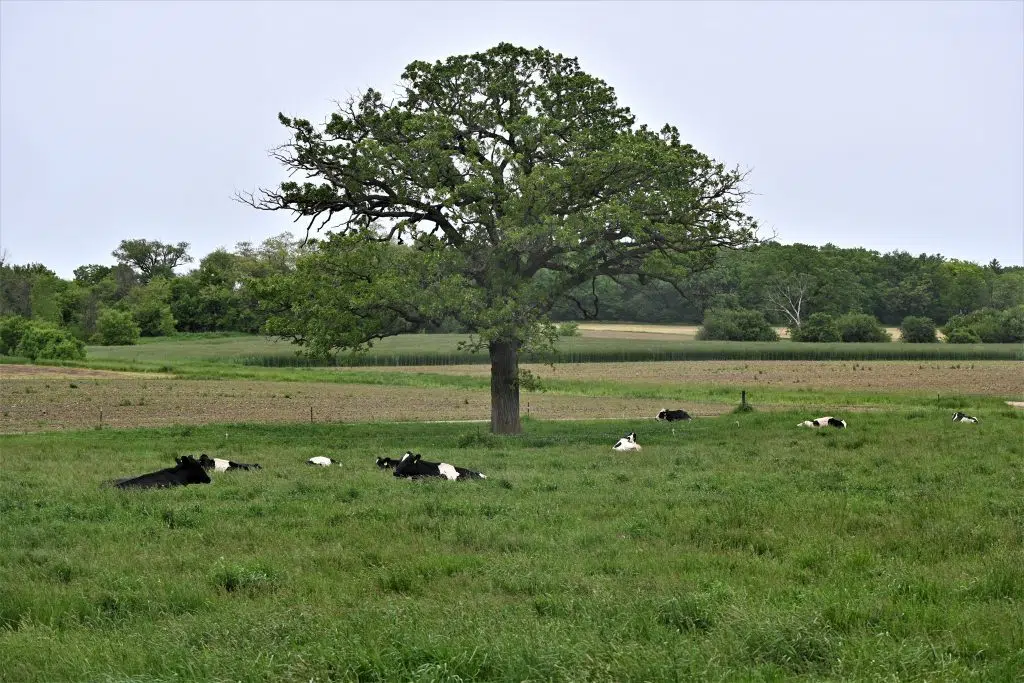
Part of having a plan in place is realizing that some things may not go the way you initially intended them to. For example, at their creamery, Karen said that the plan was to have a dairy plant on-site, but it ended up being more expensive than they thought, so they had to adapt. That’s when they found Lamers Dairy who agreed to custom process the milk for them. On average, she estimates that it takes about 12 gallons of milk to make one gallon of ice cream, and some days the creamery can make up to 500 gallons in a single day.
Since they can potentially make 500 gallons of ice cream that fast, she advises that no matter what your business is, make sure you have enough storage. For the creamery, they need storage for the ice cream and the mix. She said that whatever storage you think you’ll need, think bigger.
Another tip Karen mentioned was to make sure that you know your water usage and what to do with the wastewater. She said that if you’re in a rural area you have to know where your water is going to come from. One thing she never realized is how much water it was going to take her to make ice cream, but she found out fast. Karen advised that knowing how much water you’re going to be using will make it easier to figure what your setup should look like.
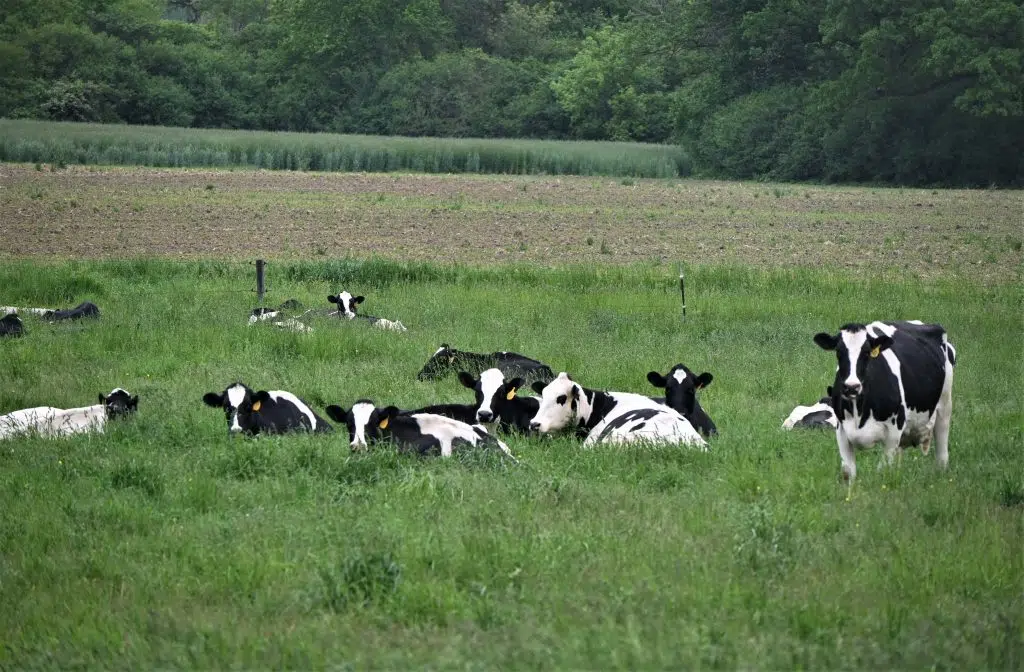
Karen said that when you’re looking into what type of value-added business you want to create for your farm, don’t be afraid to spend a little bit of money on a course to learn about it. For example, she was at a seminar that talked about different dairy products, and that’s where she decided to zero in on ice cream. From there she went to an ice cream making dairy short course at UW-Madison to learn as much as possible. “A lot of people say, why would you spend all of that money on taking the course if you didn’t even know if you were going to do it,” she explained, “that’s the reason you do it. You take it because that helps you decide if it is something that’s just a fun little hobby for you or do you want to continue to do that as a career.”
She said that if you have to spend one thousand dollars on a course like that, at least it’ll show you if it’s truly something you love to do before you spend thousands or even millions on a value-added business that you aren’t for certain about. One other benefit to taking a course similar to what Karen did is that it gives you a great opportunity to start building a network of like-minded people who are trying to do something similar to what you are. She said that network will help you out significantly, especially when you first open your business because you can ask them questions and they’ll be willing to help.
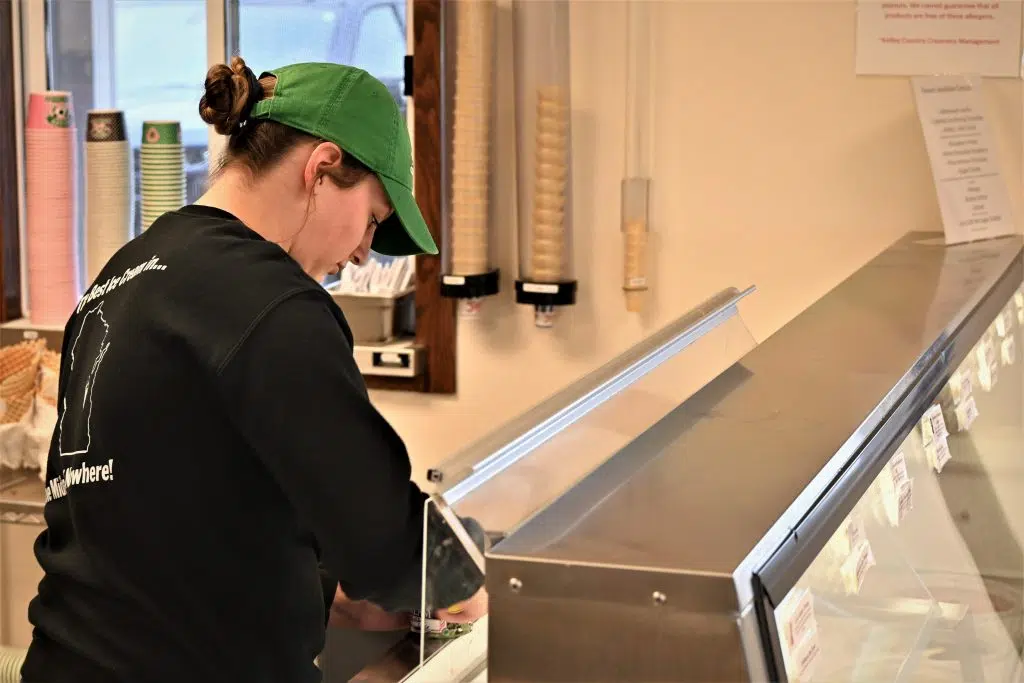
Karen has been at this for quite a while now and one of the most hard-hitting questions she presumably gets is “what is her favorite flavor?” The creamery has made over 350 so you’d think this may be a difficult question, but she didn’t hesitate to answer. “This is my opinion and everybody thinks I’m crazy, but if you don’t have a good vanilla, you probably won’t have good other flavors,” Karen said. She admits that when she goes to other ice cream businesses, she always likes to be a critic and try the vanilla first.
Other than that, she just likes to see how other people make the ice cream. “It’s fun to see how people create. Whether it’s a peanut butter or it’s a caramel flavor or just simple things like that. Everybody’s got their own little spin on it,” Karen said.
You can listen back to the full interview on our podcast page!
